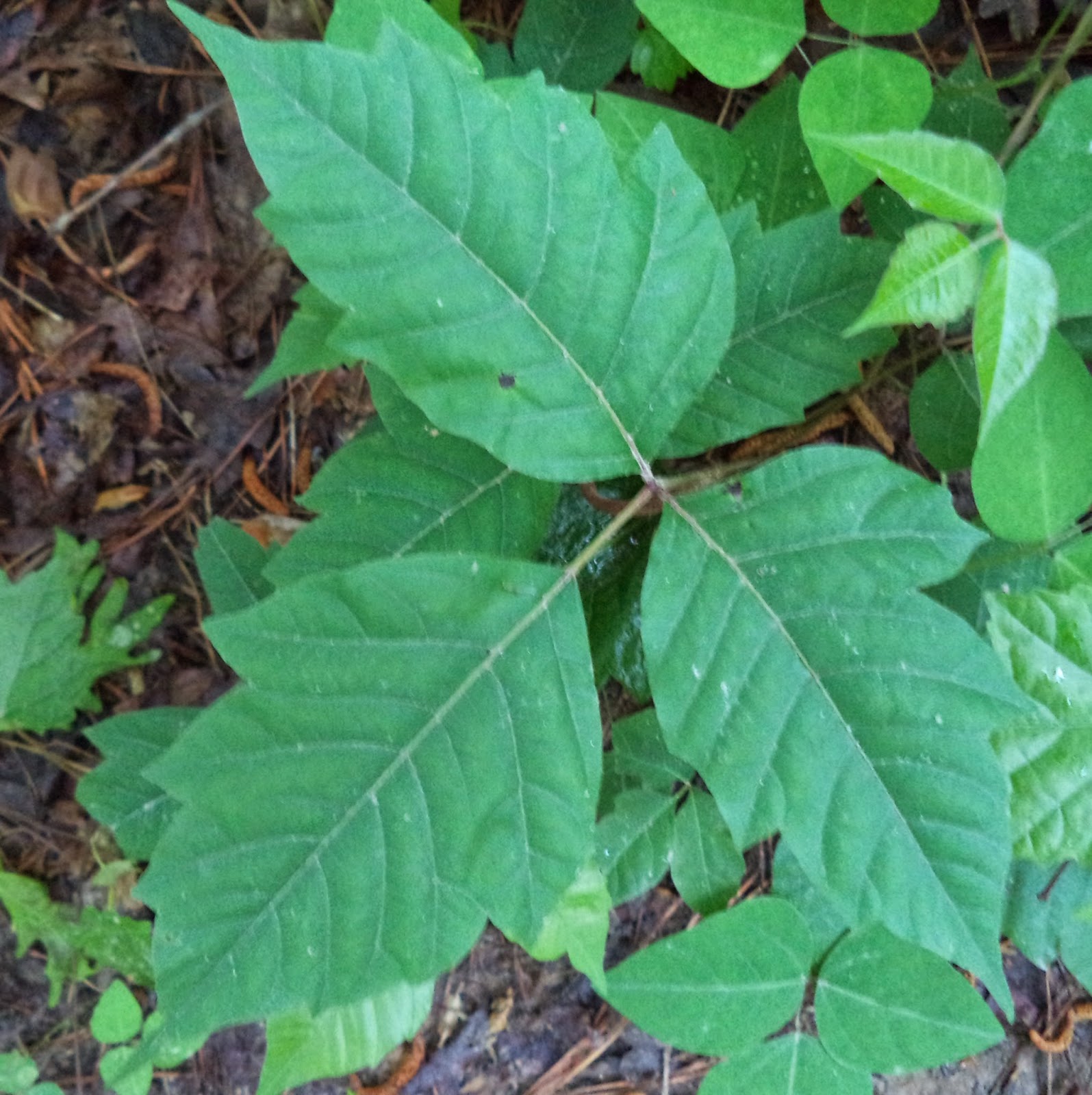How many different tree diseases are there in the world?
A hundred
what animal do these prints belong to

Bob cat
What plant is this

Poison Ivy
What tree is this from
Tamarack Larch
what type of tree is the easiest to make shelter with
Evergreen
What disease is this called

Sap rot
What plant(s) are edible
- Edible Mussel
- Ostrich Fern
- Sword Fern
- Brachen Fern
- Mountain Bilberry
- Red Huckleberry
- Salmonberry
- Blackberries
What plants have poisonous berries
- Privet
- Yews
- Elderberry
- Holly berries
- Mistletoe
What is/are the most common tree(s) in British Columbia
- Lodgepole pine
- Balsam Poplar
- Big Leaf Maple
- Tamarack Larch
- Western Hemlock
- Western Red Cedar
How do you know if there's an animal near by
Waste
Habitat
tracks
Damage
What are the top 3 ways to get rid of diseases
- Remove and destroy infected annuals, perennials and edibles.
- Prune diseased branches off trees and shrubs.
- Sterilize cutting tools with a 10 percent bleach solution between cuts.
- Remove and destroy infected cones and tips, as well as dead or dying branches.
- Disinfect pruning tools between cuts with rubbing alcohol or a 10 percent bleach solution.
- Apply fungicides three times in spring.
- Water trees thoroughly in periods of drought.
- Remove branches six to 12 inches below the canker in the case of infectious cankers.
what animal(s) will help you in the woods
- Squirrels
- Hawks
- Owls
- Bears
- Wolves
- Deer
How to tell if a plant is harmful to you
- NEVER eat unknown mushrooms. It is too risky!
- Avoid plants with shiny leaves
- Never eat plants with thorns
- Avoid plants with yellow or white berries ( poisonous berry guide)
- Avoid plants which a white or yellowish sap
- Avoid plants that have seeds in a pod
- Avoid plants that have a soapy taste
- Avoid umbrella-shaped plants or plants with umbrella-shaped flowers
What tree(s) are the most vulnerable to diseases
Sycamore, dogwood, maple, hickory, walnut, birch, oak, and ash
what type of tree(s) is made to make boats
White Oak, Teak, Cedar, and Mahogany
What is the main disease in British Columbia
Fungi and Dwarf mistletoes
What animal(s) eats moss
American Pika
Musk Ox
Lemming
Snail
What should you do if you get stung by stung by stinging nettle
- Wash the affected area with soap and water as soon as possible.
- Avoid scratching or rubbing the itchy area.
- Put a damp cloth or ice pack on the area.
- Don’t scratch or rub it, even if it’s itchy.
- Apply aloe vera or a paste made out of baking soda and water.
- Seek medical assistance if the discomfort continues or if the casualty is known to be allergic to nettle stings.
What tree(s) has/have edible pines
- Black and Red spruce
- White Pine
- Slippery Elm
- Balsam fir
- Yellow and Black birch
- Korean Pine (Pinus koraiensis)
- Italian Stone Pine (Pinus pinea)
- Pinyon Pine (Pinus edulis)
- Tamarack (Larch)
what tree(s) make the best firewood
- White Oak
- Red Oak
- Ash
- Birch
- Beech
- Hickory
- Maple
- Cherry
- Douglas-Fir
- Black Locust
What tree disease is harmful to people
Pseudomonas aeruginosa
How many wild animals are there around the world
2.13 million
How many wild plants are there around the world
How many tree species are there in the world
73,300
How do you make filtered water in the woods
- Using the scissors or the knife, cut the bottom of the plastic bottle;
- Make some small holes in the cap of the water bottle and make sure that the cap is closed tightly;
- Put the coffee filter inside the bottle through the cut-out bottom, making sure that it covers the cap and its holes completely.
- Crush the charcoal and mix it with the sand. Fill about two inches of the plastic bottle with the mixture of charcoal and sand;
- Add two inches of gravel on top of the sand and charcoal;
- For the final layer, you need about two inches of small rocks
